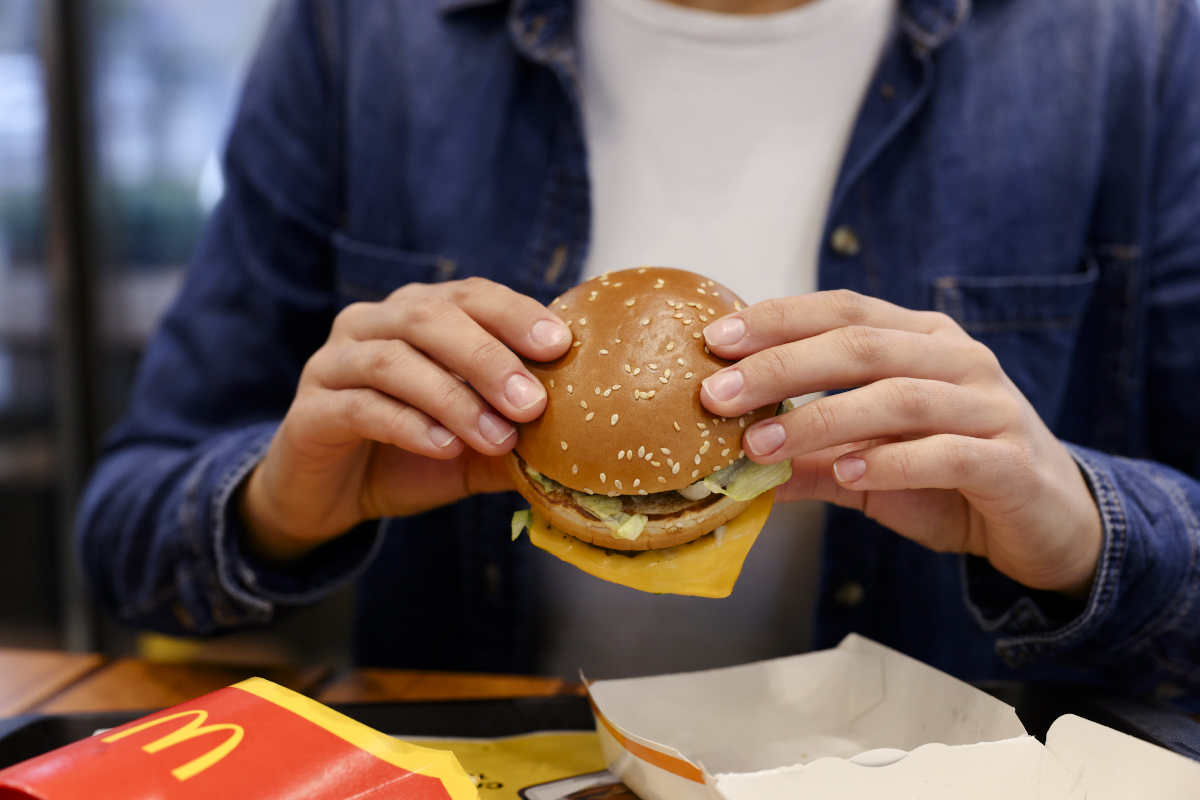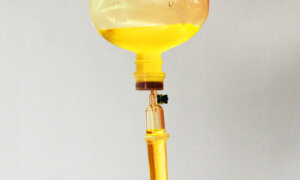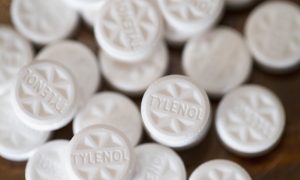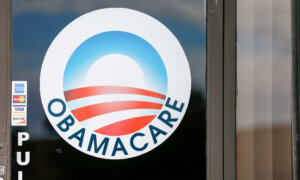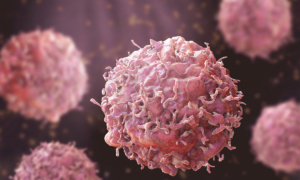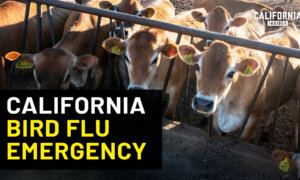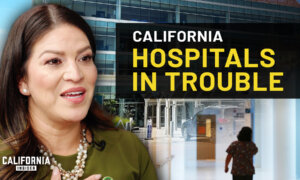People can get healthier McDonald’s fare in Europe, food activist Vani Hari testified at a recent Senate roundtable discussion.
For instance, in the United States, McDonald’s fries contain 11 ingredients, while the UK version has only three, with salt being optional. Hari highlighted this disparity during her testimony at a Sen. Ron Johnson (R-Wis.) roundtable titled “American Health and Nutrition: A Second Opinion,” revealing how many U.S. foods are laden with unsafe chemicals that are banned in other Western countries.
The Epoch Times verified that U.S. McDonald’s fries contain 10 or more ingredients, while the UK version has three or more ingredients.
How can a food additive that is considered risky in other countries be deemed safe in the United States?
Legal Loophole Allows Unsafe Ingredients
“The problem is the law—there’s nothing that requires the industry to submit safety data,” Jennifer Pomeranz, associate professor of public health policy and management at NYU School of Global Public Health, told The Epoch Times.“As a result, companies can just self-regulate and designate ingredients as GRAS [generally recognized as safe] without notifying the FDA or the public.”
Pomeranz’s recent report, published in the American Journal of Public Health, sheds light on this legal loophole that allows unsafe ingredients in the U.S. food supply.
Europe tends to take a precautionary approach, looking at evidence of harm and protecting the public, whereas the United States is more company-friendly, requiring evidence to remove unsafe ingredients from the food supply, she said.
For example, the European Food Safety Authority bans substances such as growth hormones and certain artificial colorings based on potential harm. In contrast, the U.S. Food and Drug Administration (FDA) evaluates food additives through a petition process, relying on the “generally recognized as safe” (GRAS) principle, which allows some ingredients to enter the market without thorough testing.
Companies can self-designate substances as GRAS based on their own evaluations, with limited oversight from the FDA.
Notably, potentially harmful chemicals, such as azodicarbonamide, a chemical used in bread that has been linked to cancer in animal studies and is banned in several countries, remain legal in the United States because of the GRAS principle.
“In other countries, this is the same chemical they use in yoga mats and shoe rubber. ... when this chemical is heated, studies show that it turns into a carcinogen,” Hari said. This ingredient was previously used in Subway bread until Hari petitioned the company and successfully got it removed.
“There are now hundreds, if not thousands, of substances added to our foods for which the true safety data are unknown to independent scientists, the government, and the public,” Dr. Dariush Mozaffarian, a cardiologist, director of the Food is Medicine Institute at Tufts University, and coauthor with Pomeranz of the report, said in a statement.
500 Percent Rise in Food Dye Consumption
Another concern discussed at the Senate roundtable is the significant rise in artificial food dye consumption, particularly among U.S. children.Consumption of artificial food dyes has increased by 500 percent in the past 50 years, and 43 percent of products marketed to children contain these dyes, according to Hari. These dyes have been linked to various health issues, including hyperactivity and allergic reactions, raising serious concerns for parents.
Using Kellogg’s as a case study, Hari pointed out the difference between U.S. and Canadian cereals. The Canadian version of Fruit Loops is colored naturally with juice from watermelons and carrots, while the U.S. version contains artificial dyes and preservatives, she said.
“Kellogg’s announced plans to remove dyes by the end of 2018 but never followed through,” Hari said, contrasting the neon-colored version with the less-colorful, pastel one.
California passed the School Food Safety Act on Aug. 29, which will restrict several artificial color additives—including blue dye No. 1, red dye No. 40, and titanium dioxide—in foods sold in public K–12 schools, effective on Dec. 31, 2027.
Reacting to a petition filed for FD&C Red No. 3, the FDA is reviewing the safety of red dye No. 3. In addition, on Aug. 2, the FDA banned brominated vegetable oil. Companies have until Aug. 2, 2025, to phase it out.
FDA and Congress Can Do More
Hari has called for stricter regulations and greater transparency with ingredient lists to protect consumers, especially children.“Asking food companies to remove artificial dyes would make an immediate impact on children’s health,” Hari wrote in an email to The Epoch Times. “They don’t need to reinvent the wheel, as they are already using natural alternatives in other countries.”
Pomeranz and Mozaffarian propose several policy recommendations, including requiring companies to notify the FDA of how they determined that a substance is GRAS and to share their safety data before adding substances to foods. Additionally, increased funding from Congress is needed to enable the FDA to extend its reach.
They also advocate for a stricter review process for both GRAS ingredients and food additives to ensure that substances such as caffeine, sugar, and salt are safe—not just in small amounts—but also at the higher levels found in many processed foods.
“There is widespread agreement that current [food additive] levels in many products are not ’recognized as safe,'” Pomeranz said on Sept. 25 during the FDA public meeting on improving the FDA’s review process for food chemicals.
Excessive amounts can lead to serious health risks, she said.
“Both the FDA and Congress can do more to enable the FDA to meet its mission of ensuring a safe food supply,” Pomeranz said.
A Safer Food Supply
As food safety concerns grow, the FDA launched a new Human Foods Program on Oct. 1 to reorganize its operations and implement other improvements, including a proposed post-market review of food additives and GRAS substances to increase transparency and improve safety evaluations.The FDA has published a paper showing that the program will assess factors such as the potential toxicity of a substance, changes in exposure levels, and their presence in foods consumed by vulnerable populations such as infants. Additionally, it will consider new scientific data and public or organizational interest in these chemicals.
The agency will also consider state-level regulations on certain food products.
This approach suggests that state-level actions, such as California’s recent restriction of certain food dyes, could influence the FDA’s future assessments.
Pomeranz said that a more robust review process is needed, not just for existing ingredients but also for any new additives.
However, consumers also need to be involved, Hari said. After she uncovered potentially toxic ingredients in Starbucks’s popular pumpkin spice lattes, media attention prompted Starbucks to remove an ammonia-derived ingredient linked to cancer.
Public pressure can help drive changes for safer food options, Hari said.
“It’s time for consumers to demand healthier choices and for the FDA to prioritize public health,” she said.
The FDA did not respond to a request for comment by publication time.
